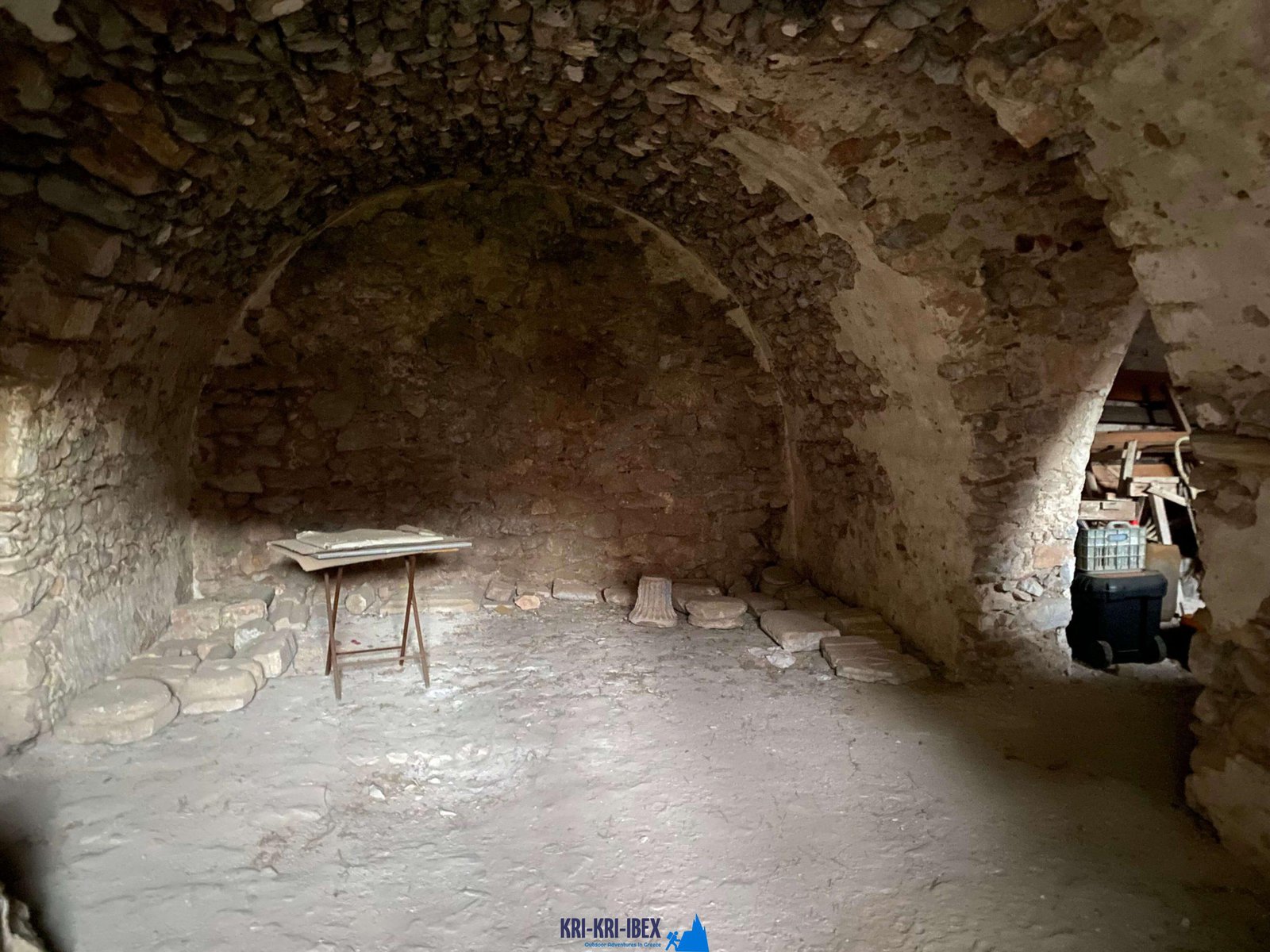
The ibex hunt is an incredible trip and exciting hunting exploration in Greece. It is not constantly a challenging hunt and unpleasant problems for a lot of seekers. What else would you like to imagine throughout your trip of ancient Greece, diving to shipwrecks, and searching for Kri Kri ibex on an exotic island for 5 days?

Pursuing the kri kri ibex in Greece is a difficult task, specifically if you're a global seeker. You have to be a local hunter in order to quest kri kri ibex, which can just be fired in particular meticulously guarded searching areas like certain islands. On 2 islands, 150 kilometers/ Atalanty/ and also 300 kilometers/ Sapientza/ from Athens, we provide the chance to search this wonderful creature. It is only shot in unique hunting locations from early morning until noontime, based on Greek regulation. Just shotguns may be used, as well as only slugs may be made use of. Slugs are the only ammunition permitted. To ensure that just major hunters are allowed on these expeditions, you need to reserve a year ahead of time for your certificate. The licenses are issued by the Greek Ministry of Nature and also Agriculture and also the federal government concerns a certain number yearly.
What to Expect on a Peloponnese Tour? You can anticipate to be blown away by the all-natural charm of the area when you reserve one of our hunting and also touring Peloponnese Tours from Methoni. From the beautiful beaches to the forests as well as hills, there is something for everybody to appreciate in the Peloponnese. Furthermore, you will have the possibility to taste several of the best food that Greece has to offer. Greek cuisine is renowned for being fresh and delicious, and you will definitely not be let down. Among the best parts regarding our trips is that they are made to be both fun as well as academic. You will certainly discover Greek background and also culture while likewise reaching experience it firsthand. This is an impressive opportunity to immerse on your own in everything that Greece has to provide.
So if you are trying to find a genuine Greek experience far from the stress of tourist then look no more than Methoni in The Peloponnesos! Our outside searching for Kri Kri ibex, fishing, cost-free diving as well as visiting Peloponnese tours from Methoni are the ideal method to discover this stunning location at your very own rate with like minded people. Contact us today to schedule your put on among our tours.
What is the diference between Kri Kri ibex, Bezoar ibex and hybrid ibex
The kri-kri is not thought to be indigenous to Crete, most likely having been imported to the island during the time of the Minoan civilization. Nevertheless, it is found nowhere else and is therefore endemic to Crete. It was common throughout the Aegean but the peaks of the 8,000 ft (2,400 m) White Mountains of Western Crete are their last strongholds–particularly a series of almost vertical 3,000 ft (900 m) cliffs called ‘the Untrodden’—at the head of the Samaria Gorge. This mountain range, which hosts another 14 endemic animal species, is protected as a UNESCO Biosphere Reserve. In total, their range extends to the White Mountains, the Samaria National Forest and the islets of Dia, Thodorou, and Agii Pandes.
This Ibex is NOT a diminutive form of the Bezoar Ibex, which has migrated into the western-most reach of the range of this species. The kri – kri (Capra aegagrus cretica), sometimes called the Cretan goat, Agrimi, or Cretan Ibex, is a feral goat inhabiting the Eastern Mediterranean, previously considered a subspecies of wild goat. The kri-kri has a light brownish coat with a darker band around its neck. It has two horns that sweep back from the head. In the wild they are shy and avoid tourists, resting during the day. The animal can leap some distance or climb seemingly sheer cliffs.
“The agrimi goat Capra aegagrus cretica is unique to Crete and its offshore islands. It has been identi®ed as a sub-species of the wild bezoar goat Capra aegagrus aegagrus Erxleben, 1777, which it closely resembles in horn shape, body form and coloration. This classi®cation has been disputed by some researchers who claim that the agrimi are feral goats, derived from early domestic stock brought to the island by the ®rst Neolithic settlers. In order to clarify this issue, DNA analyses (cytochrome b and D loop sequences) were carried out on tissue of live and skeletonized agrimi and compared to sequences of wild and domestic caprines. Results conclusively show the agrimi to be a feral animal, that clades with domestic goats (Capra hircus) rather than with wild Asiatic bezoar. This study demonstrates that morphometric criteria do not necessarily re¯ect genetic af®nities, and that the taxonomic classi®cation of agrimi should be revised.”